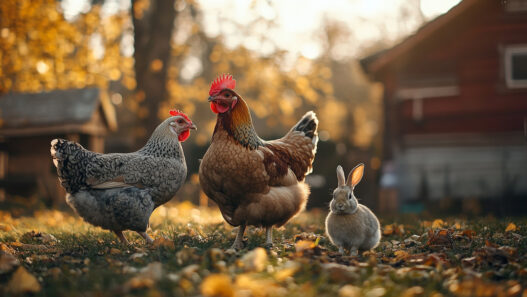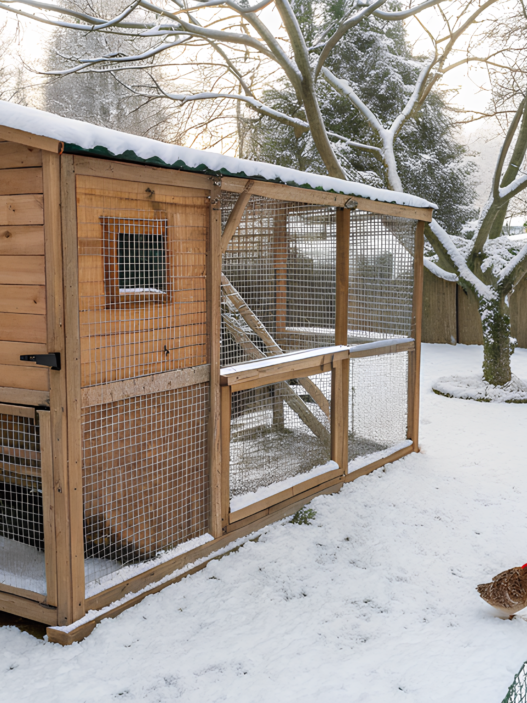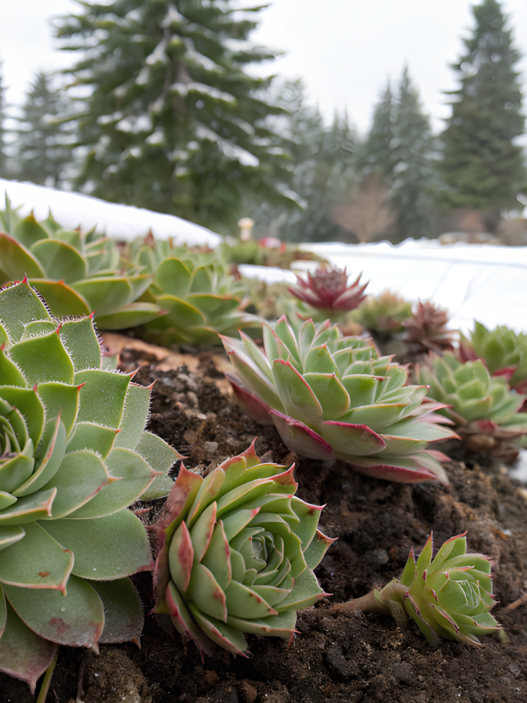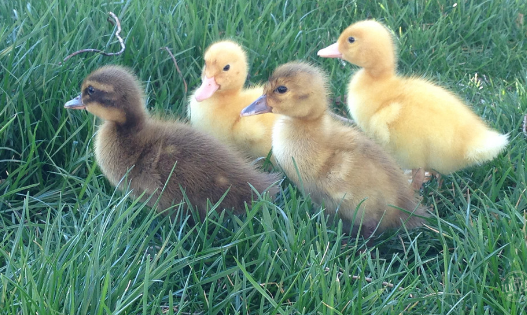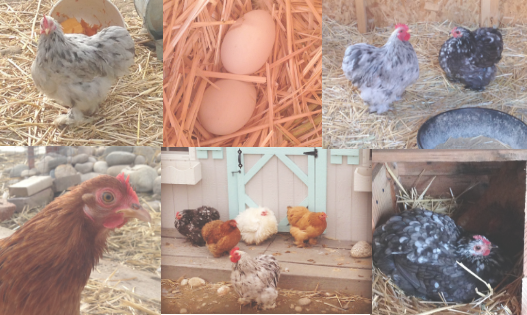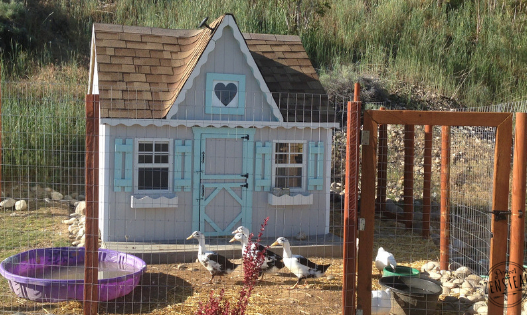Today, we’re tackling the question on every small-scale homesteader’s mind: can you house rabbits and chickens together? We’ll dive into the benefits, potential challenges, and how to design a harmonious living space for these two very different species. I’ll also share some of my personal experiences (mistakes included!) and back everything up with some researches I found useful. By the end, you’ll know exactly how to set up your own combined rabbit and chicken housing!
Why You Should Consider Housing Chickens and Rabbits Together
When we first thought about housing rabbits and chickens together, it was less about convenience and more about necessity. We had limited space and needed to make every inch of our homestead work for us. It took some trial and error to get right. But when you do, yep, it’s rewarding!
Space and Cost Efficiency
It’s no secret that maximizing space is crucial for small homesteads. Especially fur such small ones like ours. Combining living areas for your chickens and rabbits means fewer enclosures, which means less material and cost (that’s what we all are looking for, right?). Plus, with less space dedicated to housing, you get more room for things like vegetable gardens or even an extra goat!
Ecological Benefits
Another surprising benefit is that this combo can improve your homestead’s ecological balance. Chickens are fantastic at reducing pests by eating insects, and rabbit droppings make for excellent manure. The science is clear: Mixed-animal systems can enhance soil fertility and reduce pest pressure.
Challenges You’ll Face and How to Overcome Them
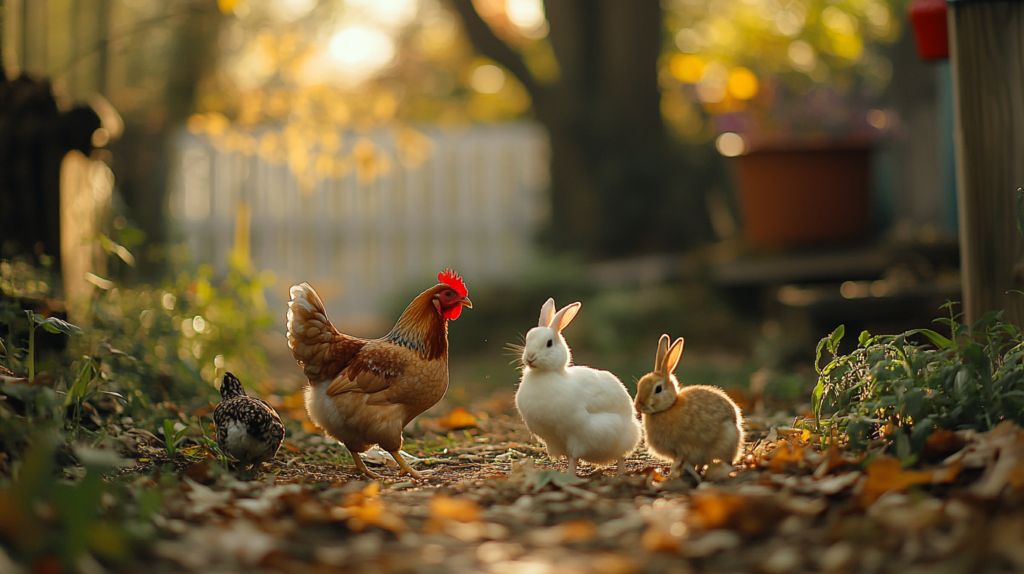
Different Temperaments
So, here’s where things can get tricky. Chickens have a notorious “pecking order” (pun intended), and rabbits?… Well, they don’t love being bullied 😎 Our rabbit Rosie once got chased by one of the hens, and let’s just say, it wasn’t pretty. Separate living areas within a shared space is key we found and tested.
Health Risks
Cross-species contamination is no joke. Chickens can carry diseases like coccidiosis, which can be fatal to rabbits. One simple rule we follow and you should. Maintain strict hygiene and regular health checks. Separate feeding areas are essential to prevent contamination, and it’s a good idea to keep water systems clean with an automatic watering system designed for both species.
Setting Up the Perfect Shared Space
We didn’t know what we were doing at first (spoiler: we had to redo our setup twice and we hated this process!), but here’s the layout that finally worked for us:
| Feature | Chickens | Rabbits |
|---|---|---|
| Sleeping Space | Elevated roosting areas | Enclosed burrows or hideaways |
| Feeding Areas | Ground feeders | Raised, separate feeders |
| Water System | Shared automatic watering system | Same system, with added bottles |
| Run Space | Free-range during the day | Access to rabbit-proof run area |
This layout ensures the chickens have their high spaces to perch on, and the rabbits have the cozy, enclosed areas they need. As an added bonus, the rabbits actually enjoy interacting with the chickens during free-range time, but they always have the option to retreat to their hideaway when they’ve had enough.
Lessons from Our Experience
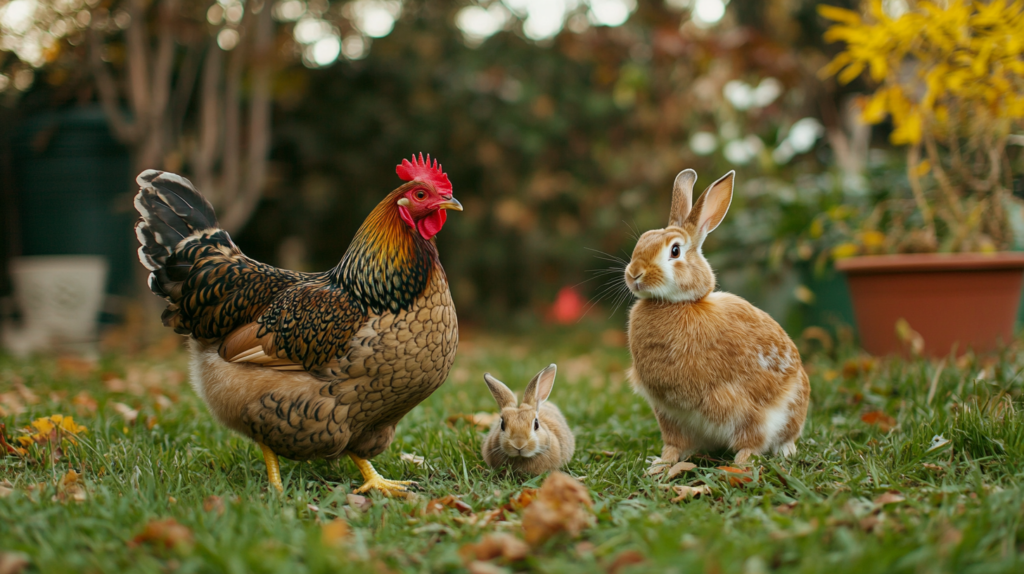
1. Creating Safe Spaces
It took us a couple of tries, but we learned that creating safe zones for both species was the most important step. Chickens can get a little pushy when establishing their pecking order, and rabbits need a place to retreat.
Tip: Invest in rabbit hideaway huts to give your rabbits a quiet place to relax. You can find some great options on Amazon that are perfect for this!
2. Monitoring Health
Rabbits are delicate when it comes to their diet and overall health. Keeping their food and water separate from the chickens helped avoid any potential issues. And yes, diatomaceous earth became a lifesaver for preventing parasites—highly recommend that for both species.
Quick Tips for Success
Here are a few more tips I wish I had known before we started housing our chickens and rabbits together:
- Supervised Introductions – Let them get used to each other gradually. You don’t want to throw them into the same space and hope for the best. Trust me on this one—it’ll save you a headache!
- Regular Cleaning – Chickens can be messier than rabbits, so keeping their coop clean is essential to avoid spreading disease. Make it a habit to clean up droppings daily.
- Separate Feed Stations – Chickens will eat just about anything, but rabbit food? Not so much. Keep their feeding areas apart to avoid stress (and potential health issues).
Products That Helped Us Along the Way
Throughout our trial-and-error process, a few products made life a whole lot easier. Here are my top recommendations:
- Chicken Feeder with Guard: keeps the chickens from throwing food everywhere, and the rabbits can’t access it.
- Rabbit Hideaway Hut: our beloved must-have for creating safe zones for your bunnies.
- Automatic Watering System: this will save you so much hassle. You can set it up for both animals to use without worrying about contamination.
Can Chickens and Rabbits Live Together?
YES, they can—but with the right planning. Combining these two animals isn’t just about tossing them into the same space. You have to create a system where both can thrive while keeping their needs and behaviors in mind. If you’re willing to put in the time and effort, I promise it’ll be worth it.
